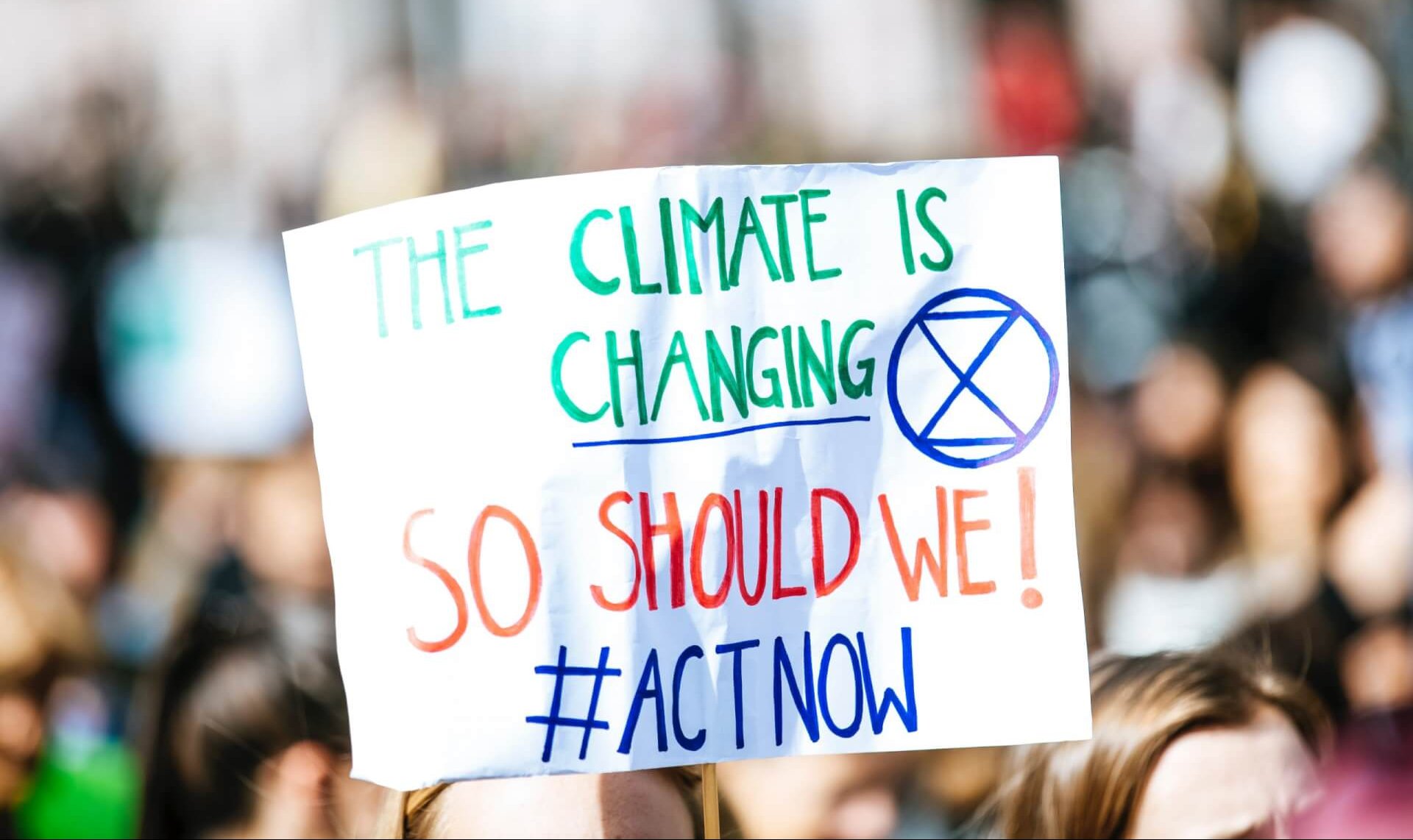
According to C3S, temperatures during the period 1991-2020 were nearly 0.9°C above the pre-industrial level. Using this reference period, the regions that experienced the highest above-average temperatures in 2021 “include a band stretching from the west coast of the USA and Canada to north-eastern Canada and Greenland, as well as large parts of central and northern Africa and the Middle East”, while most below-average temperatures were witnessed in Siberia, Alaska, some of the Pacific, Australia and Antarctica. Some of these patterns concur with the cold event La Niña witnessed both at the beginning and the end of last year.

In Europe, C3S notes that the ten hottest years have happened since 2000, seven of which were from 2014 to 2020. Though 2021 ranks outside the ten warmest years for Europe, its summer was the hottest on record and the region experienced several extreme events. In July, heavy rainfall occurred in western central Europe, causing floods in many countries and saturating soils, most notably in Germany, Belgium, Luxembourg and the Netherlands. Meanwhile, Greece, Spain, and Italy suffered from a heatwave, breaking the previous record for the maximum temperature at 48.8°C in Sicily (record to be confirmed). In turn, these conditions led to wildfires in several countries, particularly Turkey, but also in other southern countries (Greece, Italy, Spain, Portugal, Albania, North Macedonia, Algeria, and Tunisia).
It was once again a year of extremes, from exceptional record-breaking heatwaves in western North America to record devastating flooding in western Europe. In addition, global greenhouse gas concentrations have continued to increase. Despite the cooling effects of La Niña, 2021 was very hot on average indicating that climate change has continued to imprint itself on the events of last year. It serves as a stark reminder to us all of the urgent need to make immediate and sustained reductions in our net carbon emissions before we reach a point of no return.
Prof. Lisa Alexander, Climate Change Research Centre and ARC Centre of Excellence for Climate Extremes, University of New South Wales

Across the Atlantic Ocean, temperature anomalies were detected in 2021. Northeast Canada experienced unusually warm temperatures in the beginning of the year and during autumn. For North America, June 2021 is the warmest on record, where the region witnessed an exceptional heatwave, with maximum temperature records being significantly broken. The heatwave resulted in hot and dry conditions, causing extreme wildfire events during the summer, notably in Canada and in west coast states of the United States. California also experienced the second largest fire in its recorded history, causing vast devastation and a reduction of air quality across the continent due to pollution.
Climate research shows that these extreme events were made more probable due to human-induced climate change.
Sonia Seneviratne, Professor for land-climate dynamics at ETH Zurich and coordinating lead author on the 2021 IPCC report

C3S also reports, according to preliminary analysis of satellite data, that the trend of rising carbon dioxide concentrations continued last year, with “an annual global column-averaged record (XCO2) of approximately 414.3 ppm”, estimating the growth rate for 2021 to have been 2.4 ± 0.4 ppm/year, both close to the results of 2020 and the average growth rate since 2010. Similarly, methane concentrations in the atmosphere have continued to increase in 2021, reaching “an unprecedented global column-averaged (XCH4) maximum of approximately 1876 ppb”, giving us a slightly higher growth rate than 2020 at 16.3 ± 3.3 ppb/year. That being said, the high growth rates of 2020 and 2021 of atmospheric methane concentration, compared to rates during 2000-2019, are as of yet not fully understood as methane emissions have both anthropogenic and natural sources, making the identification of these sources challenging.
Findings from C3S confirm results published by several groups before. Essentially, they highlight the significance of climate change that is already taking place, and that continues to proceed. Stopping it, thereby limiting the already ongoing changes, would require a dramatic reduction in anthropogenic CO2 emission involving a hitherto unprecedented transformation of society. While we observe some development in this direction, current pace is by far too slow to come even close to achieving any goals set by the Paris Agreement. What is presented here is yet another wake up call for dramatic change.
Dr. Detlef Stammer, University of Hamburg, Chair of the WCRP Joint Scientific Committee
Header photo by Markus Spiske on Unsplash.